In this article
View 3 More +If you’re unfamiliar with German Pinschers and Dobermans, it can be pretty tricky telling the difference between the two. Both breeds originated in Germany, are members of the working group, and have similar body types and coloration. Furthermore, the Doberman is related to the German Pinscher.
So, what are the differences between the German Pinscher and the Doberman Pinscher? In this post, we’ll compare the two breeds so you can gain a better understanding of how they’re alike and how they’re different. We hope this will help you decide which breed is right for you.

Visual Differences
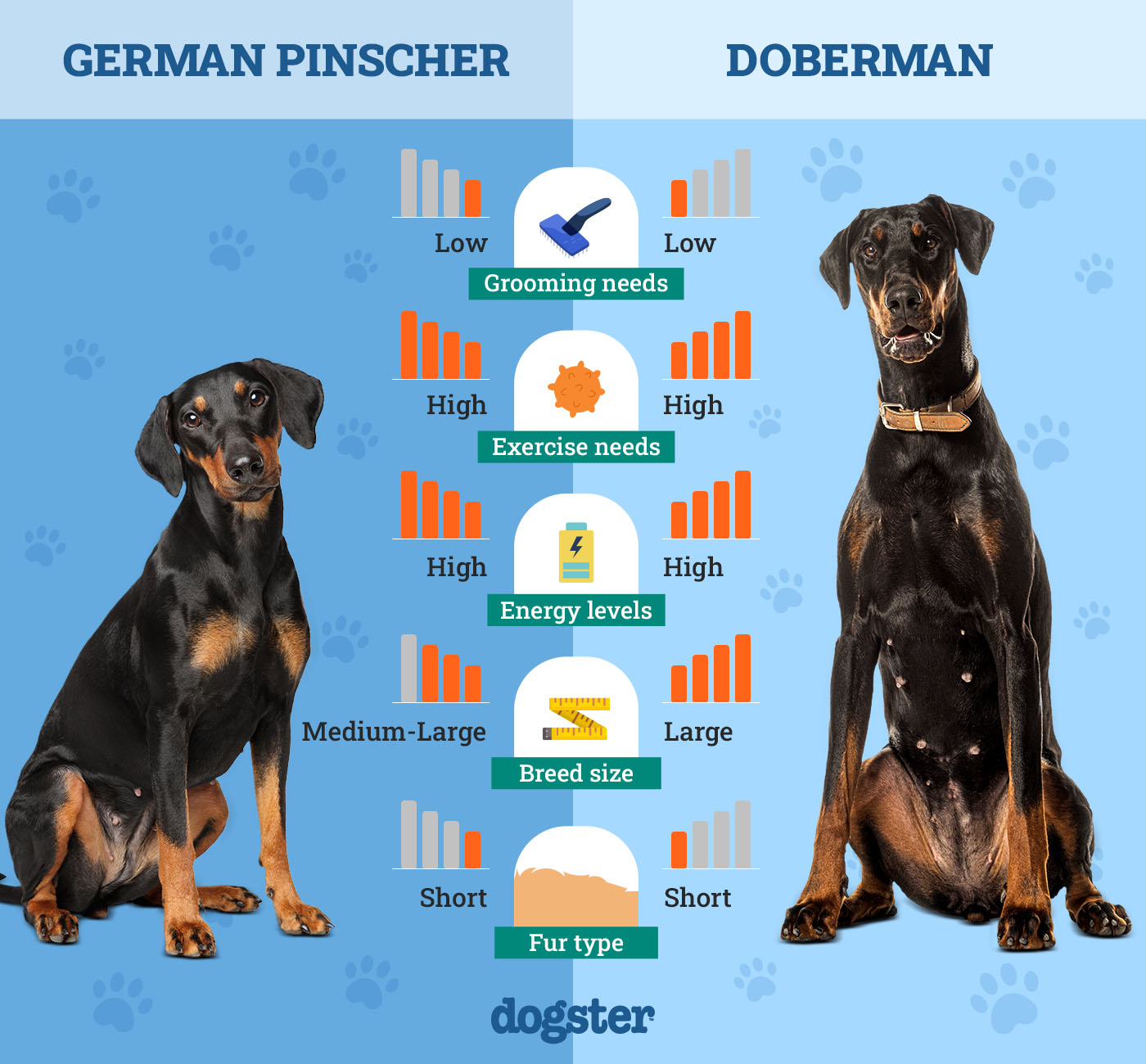
At a Glance
- Average height (adult): 17–20 inches
- Average weight (adult): 24–45 pounds
- Lifespan: 12–14 years
- Exercise: About 2 hours per day
- Grooming needs: Low
- Family-friendly: Often
- Other pet-friendly: Yes, with proper socialization
- Trainability: Intelligent but can be willful—may be best suited to experienced owners
- Average height (adult): 24–28 inches
- Average weight (adult): 60–100 pounds
- Lifespan: 10–12 years
- Exercise: About 2 hours per day
- Grooming needs: Low–Moderate
- Family-friendly: Often
- Other pet-friendly: Yes, with proper socialization
- Trainability: Smart and eager to please but can be bossy

German Pinscher Overview
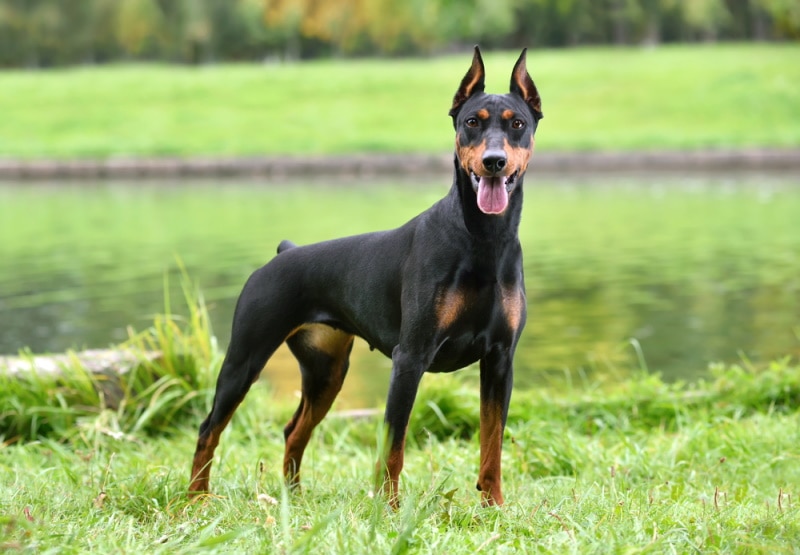
German Pinschers are the descendants of German Bibarhunds and Tanners. They originated in 19th-century Germany and were bred to protect stables and seek out and kill rats. The Pinscher was also one of the foundation breeds for the Miniature Pinscher and Doberman.
Personality
The American Kennel Club describes German Pinschers as “intelligent,” “courageous,” and “vivacious.” Due to their history as rat hunters, they have natural alertness and excellent watchdog capabilities. This means that they can be somewhat suspicious of strangers. However, the German Pinscher is a typically good-natured dog if socialized and trained properly.
With proper socialization, German Pinschers are very family-oriented. Children must be taught how to interact with the German Pinscher respectfully.
As for other pets, it’s best to socialize your German Pinscher with them as early as possible since they have a strong prey drive and must learn to curb their urges to chase cats and smaller animals.
Appearance
German Pinschers are medium-sized dogs with short, glossy coats that vary in color. AKC’s standard colors are black, blue, fawn (Isabella), and red, and the markings can be tan, red, or red and tan. They don’t require much grooming—a weekly brushing should do the trick.
They have large heads and oval-shaped eyes, and their ears are floppy but sometimes cropped (read more on why cropping a dog’s ears is not a good idea below). Their bodies are elegant and sleek with a “tucked-in” waist. They are smaller and lighter than Dobermans.
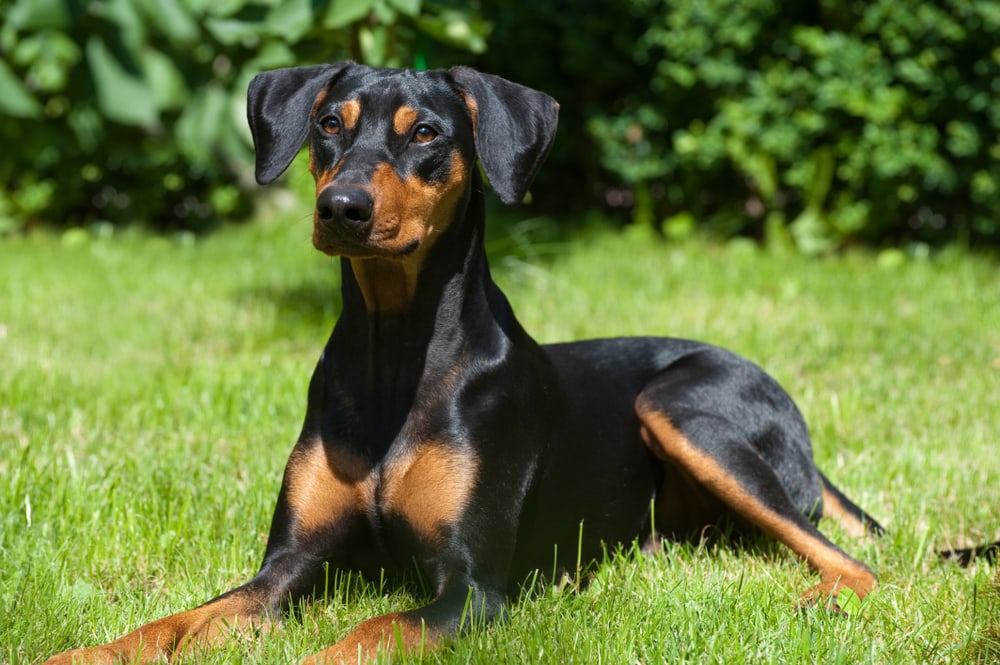
Exercise Needs
The athletic and high-energy German Pinscher needs plenty of exercise (at least 1½ hours) every day to prevent boredom. If you’re looking for a jogging or hiking partner, the German Pinscher is a great choice since they have a love for any kind of physical activity.
Training
German Pinschers are highly intelligent dogs. They respond better to firm but kind and consistent leaders, as they tend to be willful and headstrong.
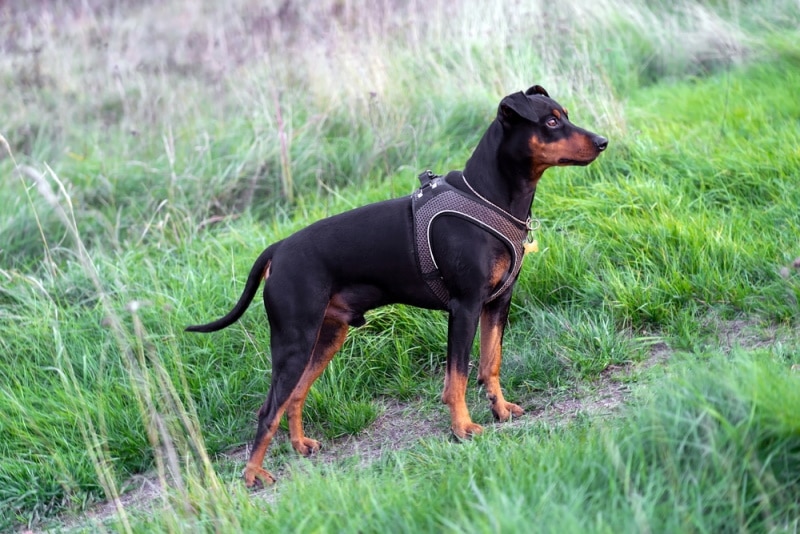
Suitable for:
German Pinschers are best suited to experienced dog owners because, though they’re typically very loving dogs, they can be strong-willed regarding training. They are also suitable for active families that enjoy outdoor pursuits like hiking, jogging, and general adventuring since they love exploring and the challenge of exerting themselves physically.

Doberman Pinscher Overview
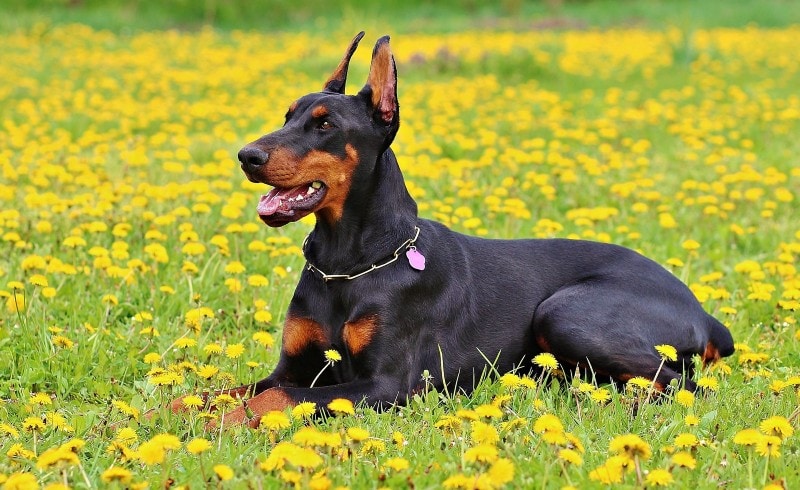
Like the German Pinscher, Doberman Pinschers originated in Germany and date back to the 19th century. Louis Dobermann bred them to protect him from the citizens from whom he collected taxes.
Personality
Like the German Pinscher, Dobermans are courageous dogs with a natural alertness and a fierce sense of loyalty. They’re often very protective of their humans and make excellent watchdogs, but their alertness is coupled with a fun-loving streak that makes them a joy to spend time with.
They are also family-oriented and, according to the AKC, are typically very good with young children (with socialization). It’s important to socialize your Doberman with children and other pets as early as possible.
From our research, it seems that Dobermans may be better suited to families with young children than German Pinschers are (this is just a generalization—German Pinschers are also perfectly capable of getting along with children in the right environment and with socialization).
Appearance
The Doberman is taller and heavier than the German Pinscher but has a slender, powerful build with a tucked-in waist.
They have smooth, short coats that need a quick daily brushing and come in five colors and color combinations—four of which are standard (black and rust, blue and rust, red and rust, and fawn (Isabella) and rust) and one of which is an alternative color (white). The AKC lists no markings for this breed.
Dobermans have long heads, almond-shaped eyes, and ears that are naturally floppy but often cropped for a “tougher” look. Ear cropping is illegal in some locations, including the UK, and for good reason—cropping a dog’s ears can affect how dogs communicate, their body language, and possibly even their hearing.
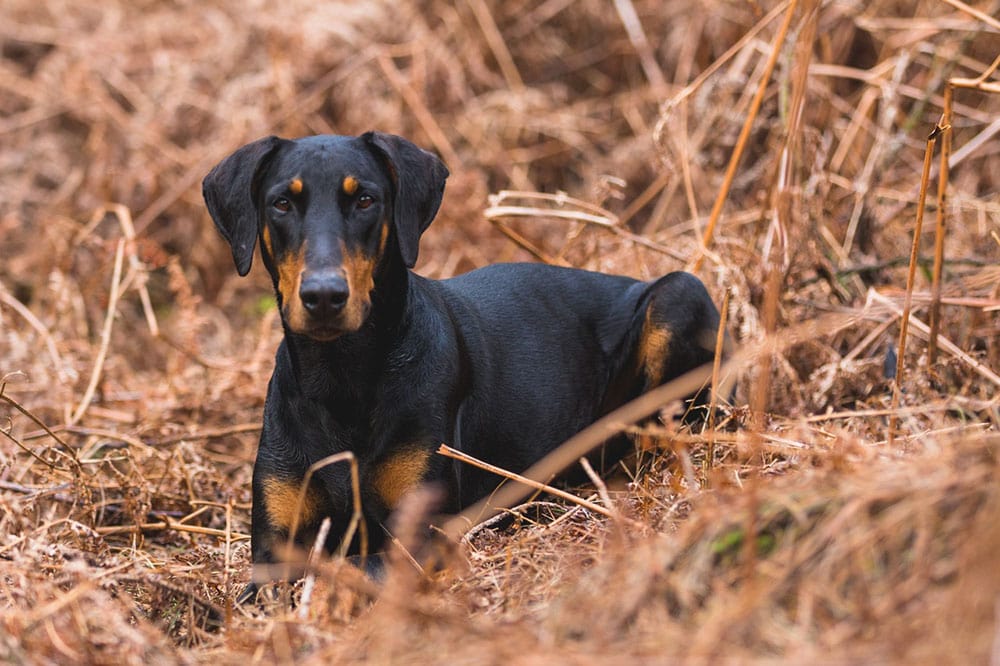
Exercise Needs
As a very energetic and agile breed, the Doberman needs plenty of exercise through daily walks, jogs, or play. It’s also recommended to have a spacious fenced-in yard for your Doberman to let off steam when they need to.
Training
Dobermans are very smart, eager to please, and generally don’t find it difficult to learn what’s expected of them. Like German Pinschers, they need early socialization and firm but kind leadership since they can be bossy and even destructive without a capable “pack” leader (you) to show them the way.
Suitable for:
Doberman Pinschers are an excellent choice for loving, active families that will give them all the attention they need and spend time properly socializing them. They are also well-suited to families with a yard or fenced-in outdoor area for extra exercise and mental stimulation.


Which Breed Is Right for You?
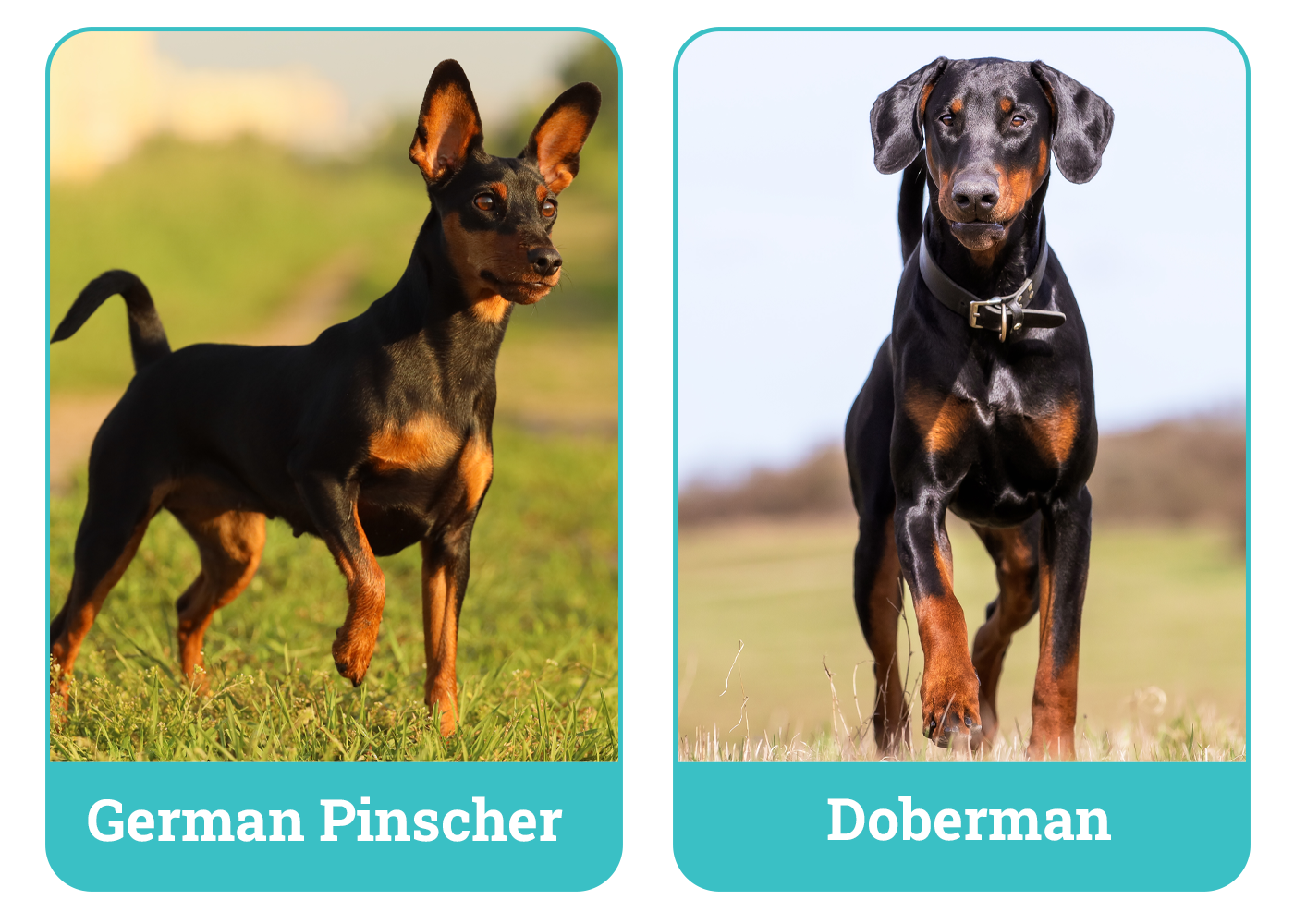
The most important aspect to remember is that every dog is an individual, and there is no way of knowing if any dog—regardless of breed—will be right for you and/or your family without meeting and getting to know them a little.
Both German Pinschers and Dobermans are high-energy breeds that make excellent watchdogs and typically enjoy family life. In short, both canines are fantastic, and they can get along perfectly well with children and other pets if they’ve been well-socialized.
However, Dobermans might be slightly better suited to homes with young children than German Pinschers are, though this depends on the individual dog. If you’re adopting a German Pinscher or Doberman as an adult, ask the shelter or previous owner for information on whether or not they’d be suitable for a home with children and other pets.
Featured Image Credit: Dogster/Shutterstock
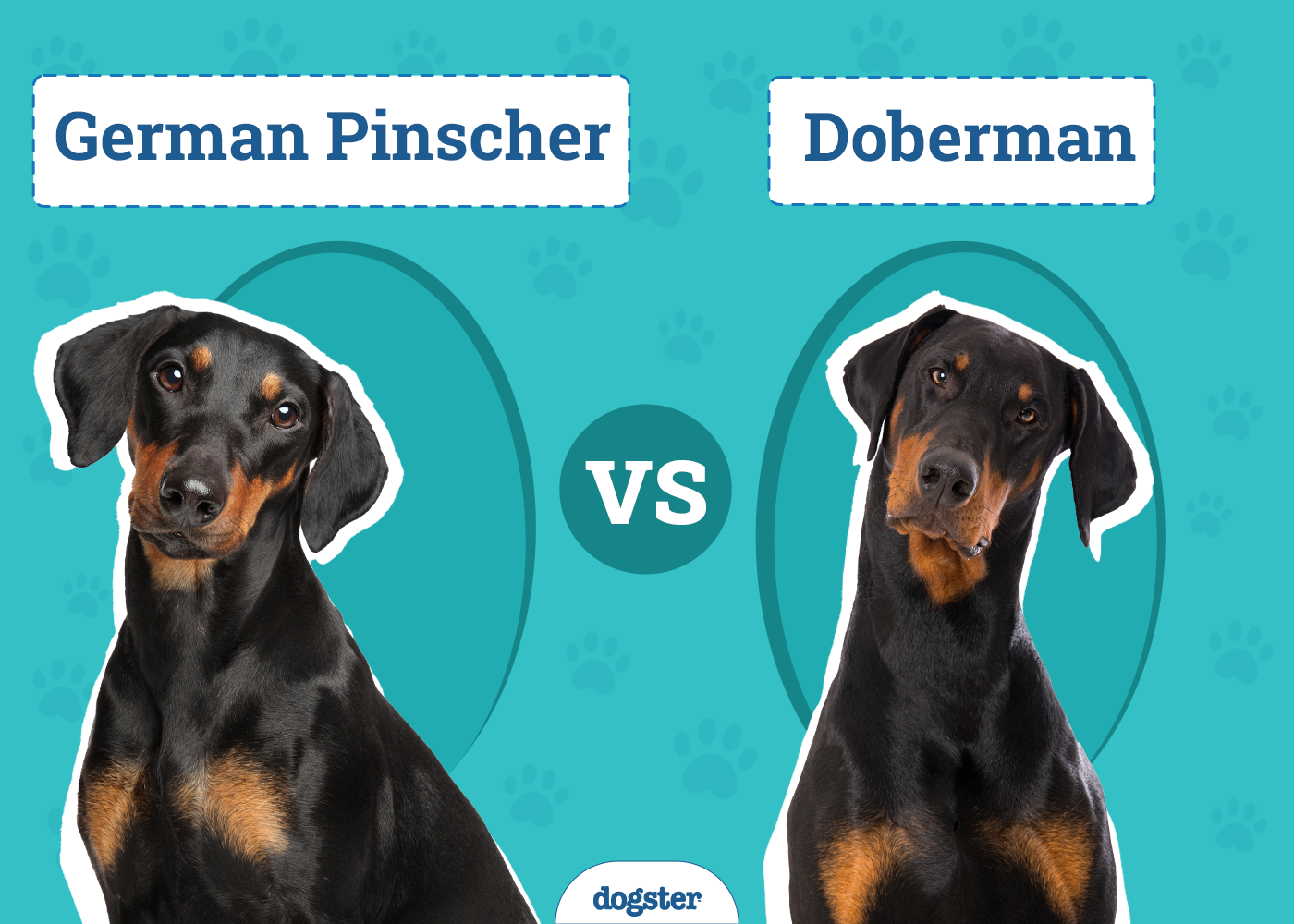

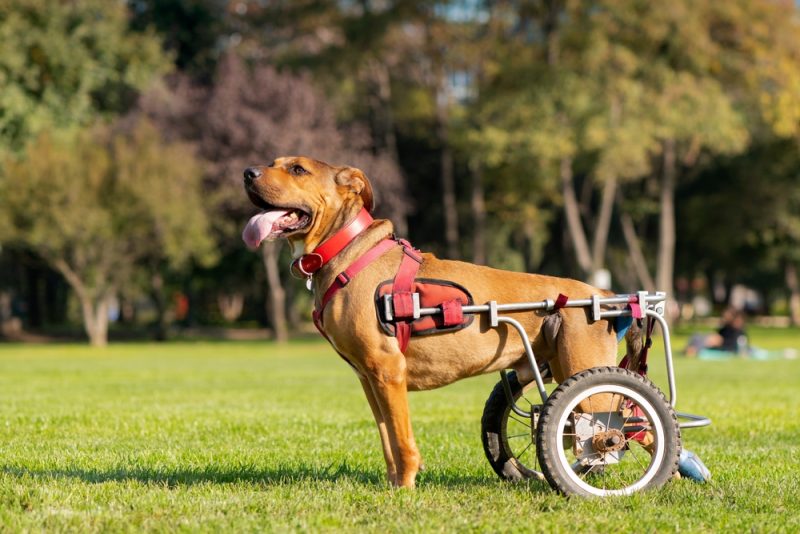

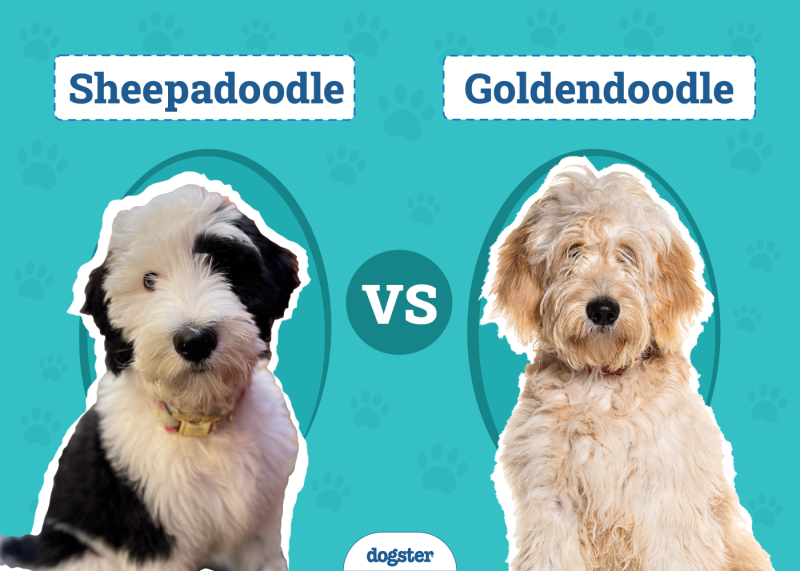
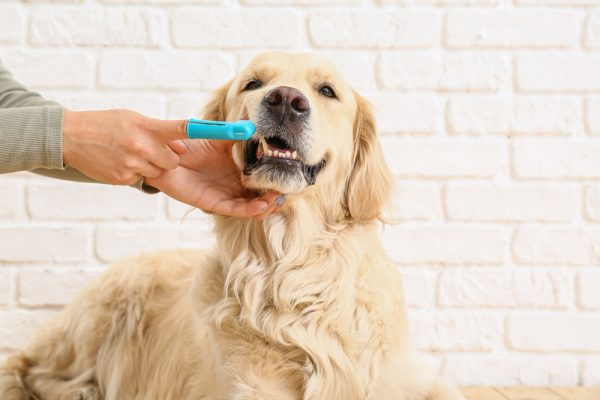

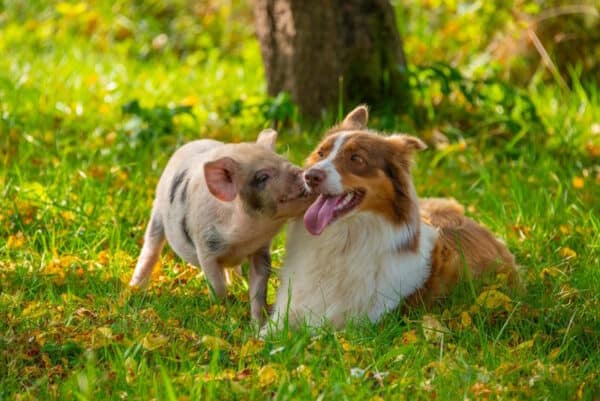
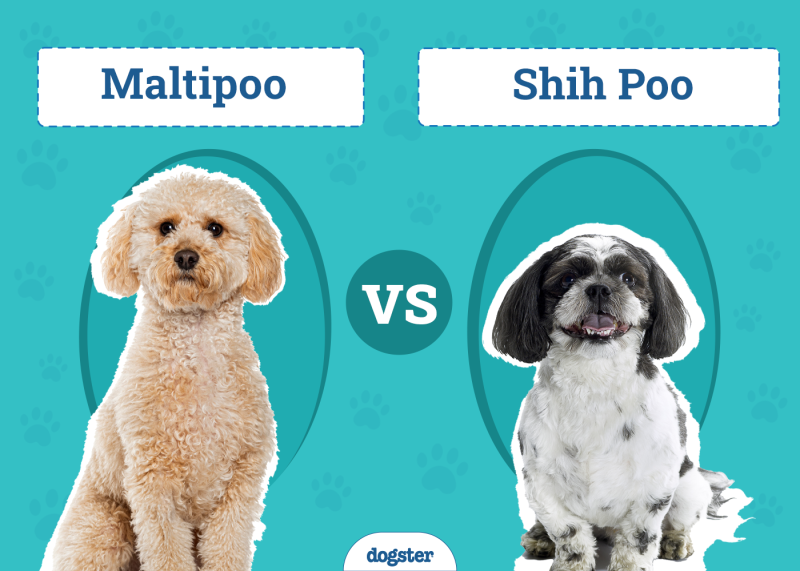
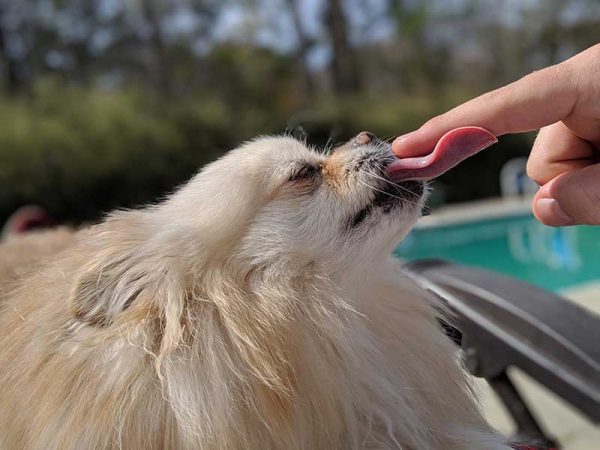
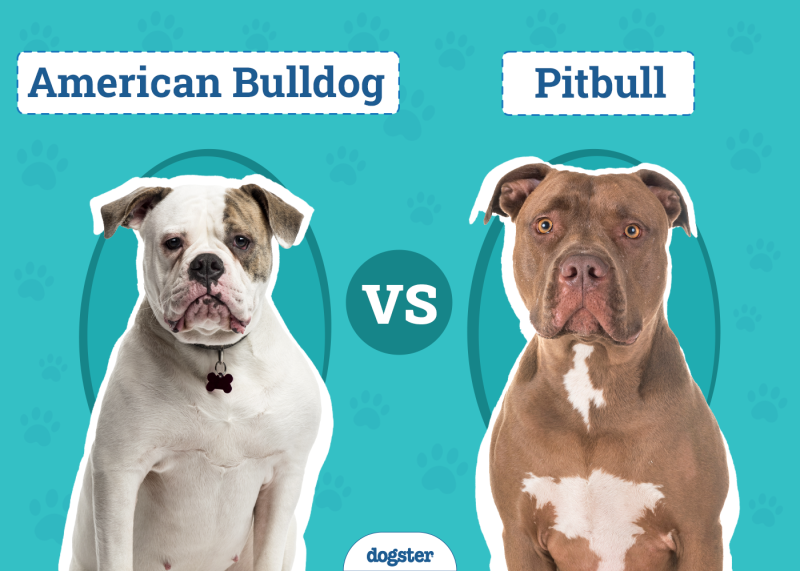
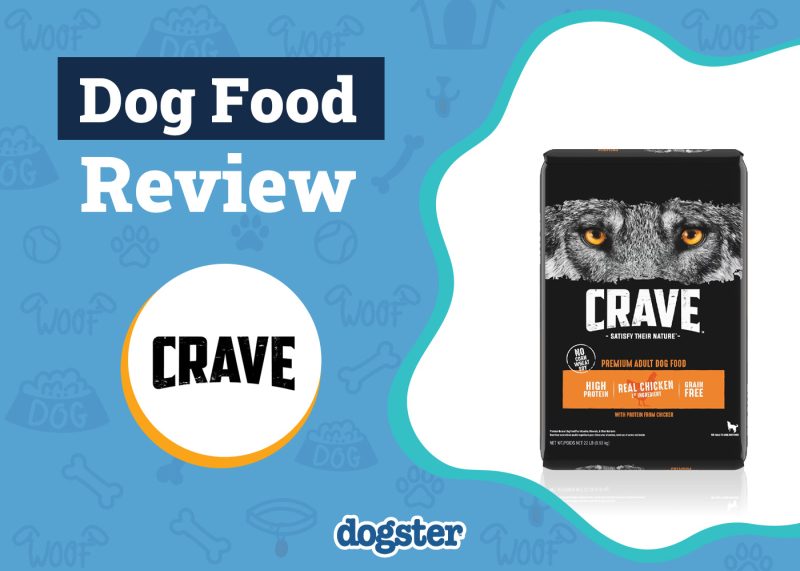



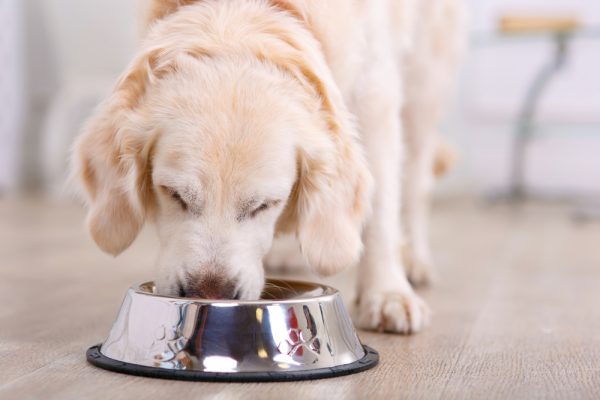

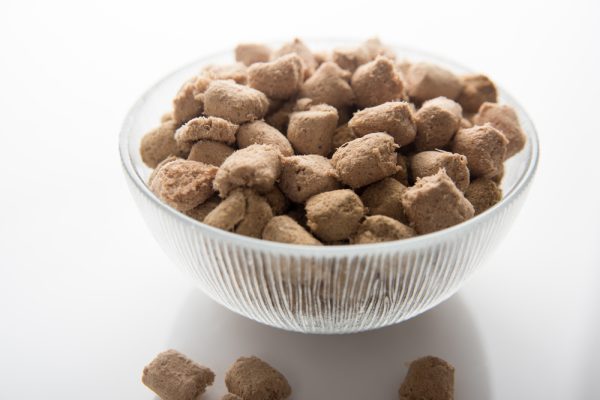
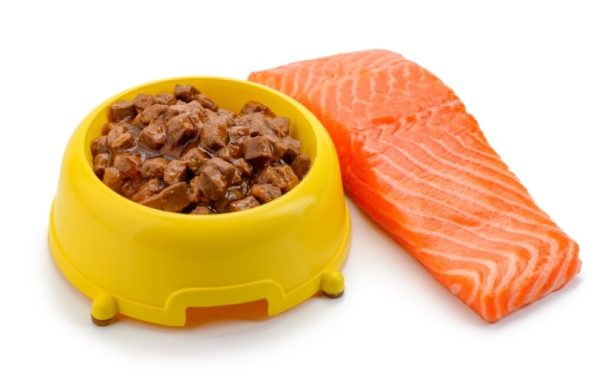

2 Responses
That was the most helpful post about Dobermans I've have ever read.
my mum and dad had a Doberman many years ago and he was without question the best dog we have ever owned.
I grew up on a farm so over the years have had about 8 dogs through out my life.
we currently have a whippet but she does not really get on too well with other dogs.
she is the most loving cuddly playful dog on the planet but she has and issue with other dogs.
I think she has Scrappy Doo syndrome.
( thinks she can take on the whole world)
and that is the one thing that makes me very apprehensive about getting another dog.
Thanks for that Steve, we really appreciate it! It's great to hear that you had such a wonderful Doberman in the past. They truly are incredible dogs. And hopefully your Whippet settles down with her Scrappy Doo behavior soon. 🙂